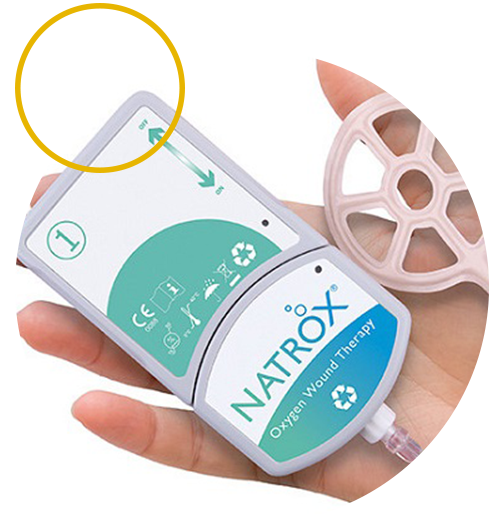
NATROX® extracts oxygen from the air, and delivers it through a thin flexible tube, which is in direct contact with the wound surface. This continuous supply of oxygen ensures an oxygen rich environment around the wound area. NATROX® is silent with no sensation of movement while providing a continuous flow of pure humidified oxygen. Oxygen is an essential component for the maintenance of healthy tissue and for all the processes involved in wound healing, such as oxidative killing of bacteria, migration of skin cells and the formation of new blood vessels.
If you or the person you are caring for has a diabetic foot wound or ulcer that is open and is having difficulty healing, you can come in for an assessment.

Make An Appointment by clicking here.

Assessment with our doctors who are specialists in wound healing.

If you are prescribed the Topical Oxygen Therapy for your wound, you will be taught how to use it and how to care for your wound.

Follow-ups with home nursing option

Better quality of life with closing wound